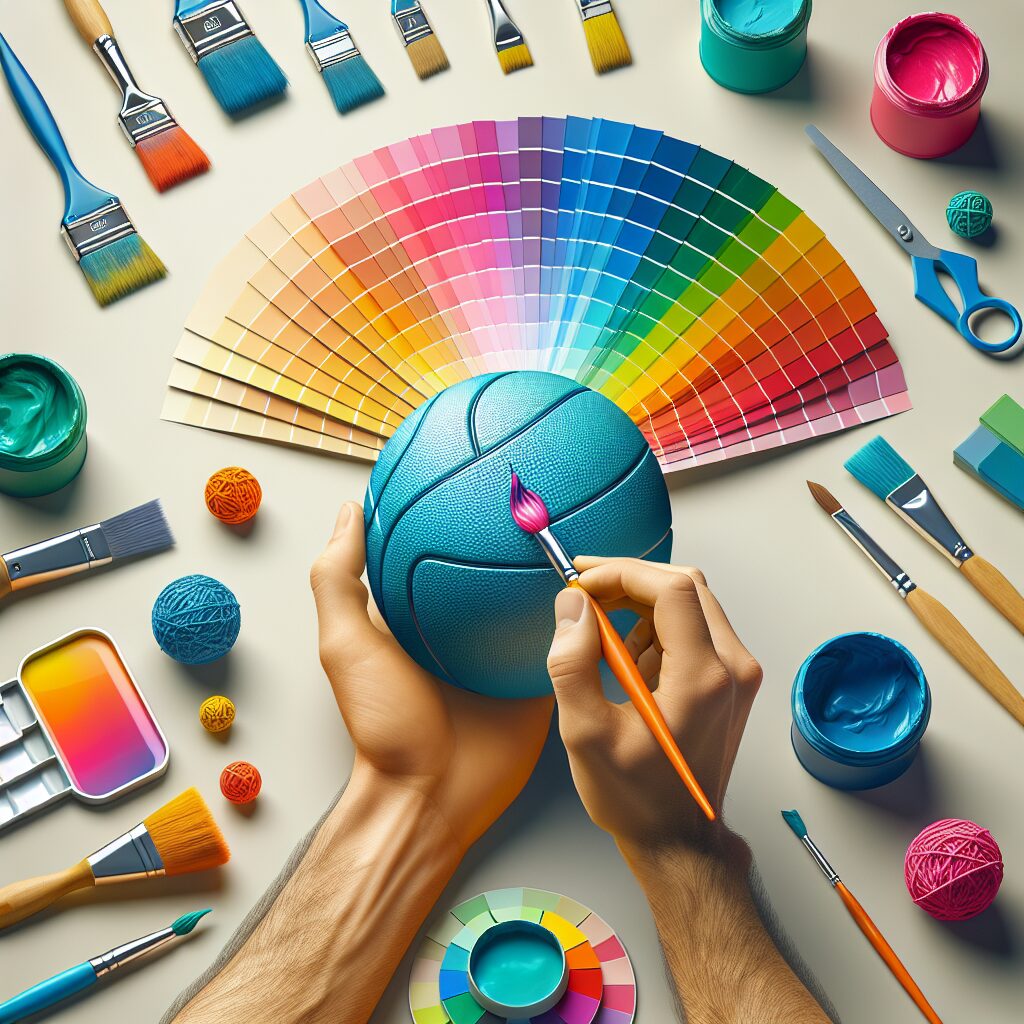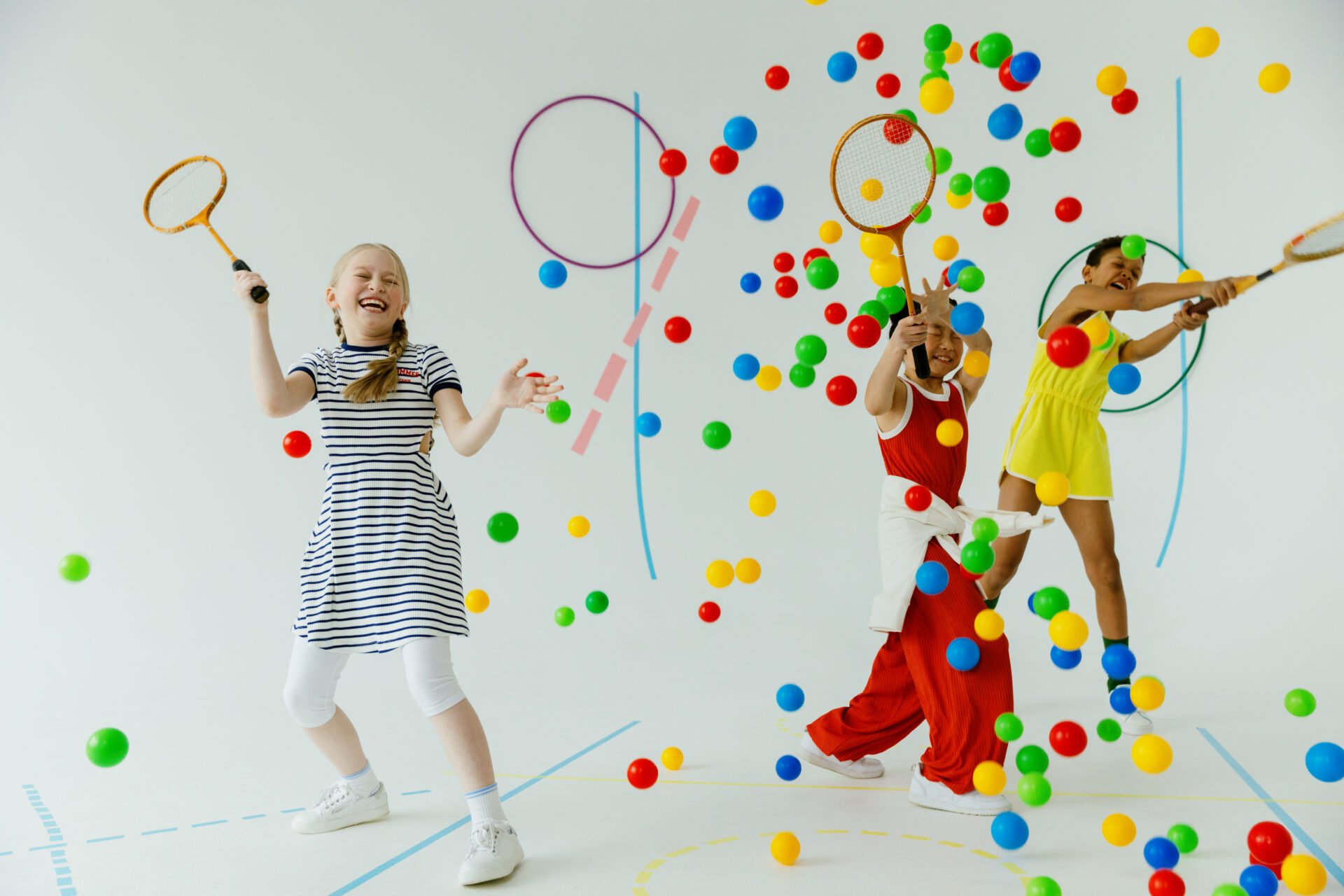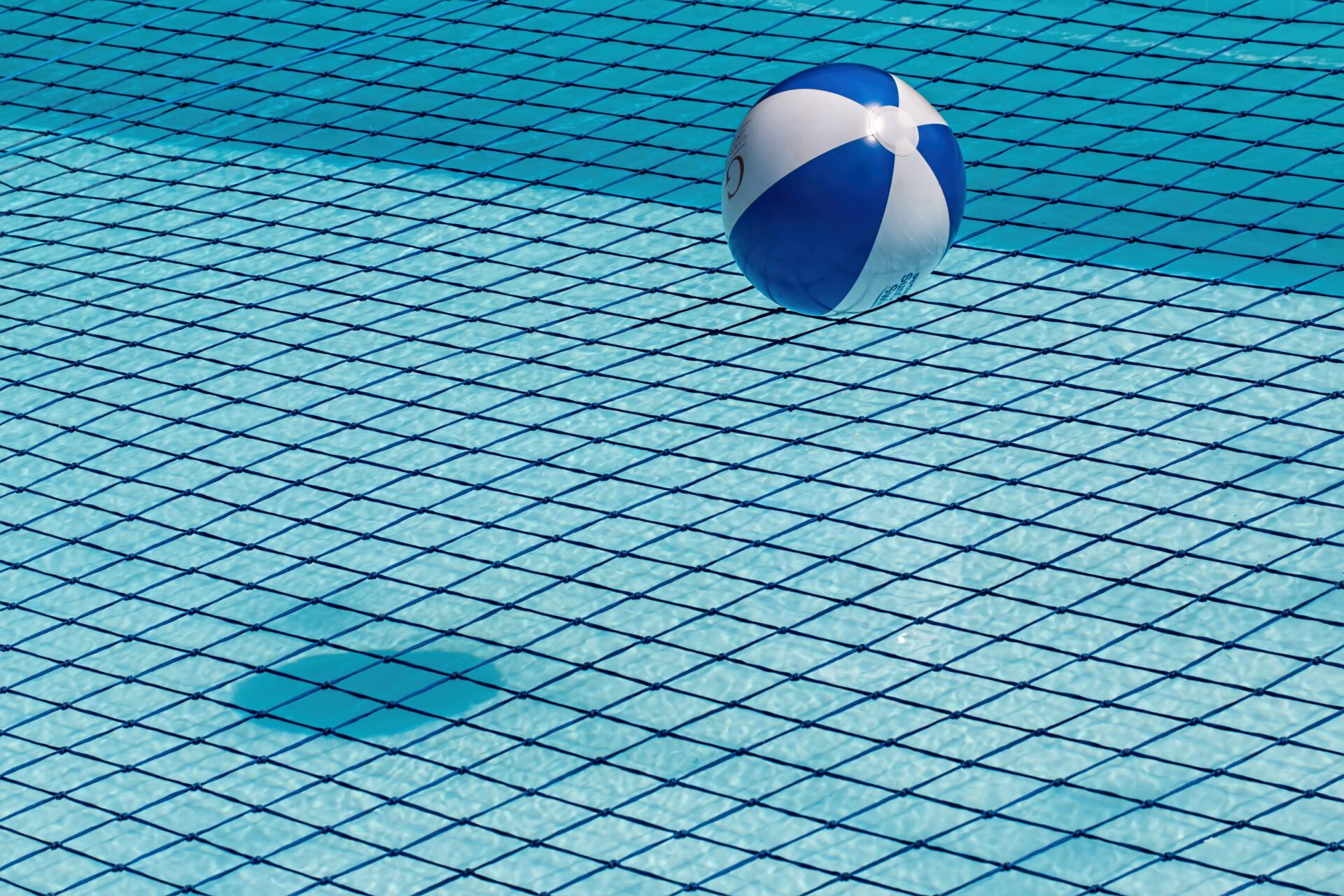Color Choice Strategies: Crafting the Perfect Ball
When it comes to crafting the perfect ball, color choice strategies play a vital role in capturing the attention of consumers and making a lasting impression. The colors used in the design of a ball can have a significant impact on how it is perceived, ultimately influencing consumer behavior and purchase decisions. In fact, studies have shown that colors evoke certain emotions and can even stimulate specific responses from individuals. Understanding the psychology of color and leveraging color choice strategies can be a game-changer for businesses looking to stand out in a saturated market.
One of the unique features of color choice strategies is the ability to elicit powerful emotional responses from consumers. Different colors have been shown to evoke distinct emotions, such as red being associated with excitement and passion, while blue is often perceived as calming and trustworthy. By strategically incorporating these colors into the design of a ball, businesses can tap into the desired emotions and resonate with their target audience on a deeper level. Moreover, color choice can also influence consumer behavior, with some colors encouraging action and others promoting a sense of trust and reliability.
In the coming sections of this article, we will explore the key takeaways for crafting the perfect ball through effective color choice strategies. We will delve into the psychology behind specific colors and their impact on consumer perception and behavior. Furthermore, we will discuss practical tips and best practices for implementing these strategies in order to create a ball that not only catches the eye but also leaves a lasting impression. So, let’s dive in and discover the exciting world of color choice strategies and its profound impact in the realm of crafting the perfect ball.
Key Takeaways
1. Color choice plays a critical role in designing a ball, impacting its visibility, performance, and aesthetics. To maximize visibility, high-contrast color combinations are essential, especially for fast-moving sports. However, for sports where players rely on tracking small movements, low-contrast colors may be preferred.
2. The color of a ball can impact its performance by affecting how players perceive speed, spin, and trajectory. Bright colors tend to emphasize speed, making balls appear faster, while dark colors can make balls seem slower. When designing balls for professional sports, considering the specific nuances of each game is crucial to optimize player experience.
3. Cultural factors and personal preferences greatly influence color choices for balls. Regional preferences and traditional associations play a significant role in color selection, as well as the desire to stand out and create a unique identity. Understanding these factors is important for ensuring a ball’s acceptance and relevance within a specific audience or market.
4. Broader cultural trends can influence color choices for balls. For example, as the desire for sustainability grows, eco-friendly colors that visually symbolize environmental consciousness may gain popularity. Additionally, trends in fashion and design can inspire color choices, ensuring that balls remain fashionable and appealing to the ever-evolving consumer market.
5. Consideration of color psychology is imperative when selecting colors for balls. Different colors evoke different emotions and can affect player performance and spectator engagement. Warm colors, such as red and orange, can create excitement and energy, while cool colors like blue and green may promote a sense of calmness and focus. By understanding these psychological impacts, ball designers can strategically enhance the overall experience for both players and fans.
What are the Best Color Choice Strategies for Crafting the Perfect Ball?
Understanding the Impact of Color
Color plays a crucial role in the overall design and success of a ball. It can evoke various emotions, attract attention, and communicate specific messages. When crafting the perfect ball, it is essential to consider the psychological impact that different colors have on individuals.
Matching Color to Purpose
The purpose of the ball should always be the driving force behind the color choice. Consider the intended use and target audience to determine the most appropriate color scheme. For example, a brightly colored ball may be more suitable for children’s toys, while a sophisticated and muted color palette might be more fitting for a formal event.
Harmonizing Colors
Creating a harmonious color scheme is crucial to the overall visual appeal of the ball. Utilizing complementary colors, which are located opposite each other on the color wheel, can create a striking and visually pleasing effect. Additionally, analogous colors, which are adjacent to each other on the color wheel, can provide a sense of unity and balance.
Consider Branding and Identity
When crafting a ball for a specific brand or organization, it is essential to align the color choice with their branding and identity. The color scheme should reflect their values, mission, and overall image. Consistency in color choice across various products and marketing materials can enhance brand recognition and create a cohesive identity.
Taking Cultural Significance into Account
Cultural and regional preferences for colors can vary significantly. Therefore, it is crucial to consider the cultural significance associated with certain colors when crafting a ball for a specific audience. Understanding the cultural symbolism of colors can prevent any unintentional negative associations and ensure the ball is well-received and understood.
Using Color Psychology to Evoke Emotions
Colors have the power to evoke specific emotions and moods. For example, warm colors like red and orange tend to create a sense of energy and excitement, while cool colors like blue and green can evoke calmness and tranquility. By harnessing color psychology, the ball can be designed to elicit the desired emotional response from its users.
Creating Contrast and Visual Interest
While harmony is important, incorporating contrast into the color scheme can create visual interest and make the ball stand out. Contrast can be achieved by combining light and dark colors, warm and cool colors, or complementary colors. By strategically using contrast, the ball can capture attention and leave a lasting impression.
Guide: 5 Tips for Choosing the Perfect Ball Color
- Consider the intended purpose and audience of the ball before selecting a color scheme.
- Research and understand the cultural significance associated with different colors.
- Ensure the chosen color aligns with the brand or organization’s identity and values.
- Explore color psychology to evoke the desired emotions in users.
- Don’t shy away from incorporating contrast to create visual interest and make the ball stand out.
Frequently Asked Questions
1. How important is color choice when crafting a perfect ball?
Color choice is an essential aspect of crafting the perfect ball. The right color can significantly impact the ball’s visibility, performance, and appeal. It can also help differentiate the ball from competitors in the market.
2. What role does color play in ball visibility?
The color of a ball can affect its visibility on different playing surfaces and under various lighting conditions. Choosing vibrant and contrasting colors can enhance the visibility of the ball, making it easier for players to track, react, and make accurate plays.
3. How can color influence a ball’s performance?
Color can indirectly influence the ball’s performance by affecting its temperature. Darker colors absorb more heat, making the ball warmer and potentially affecting its bounce and grip. Therefore, color choice should be considered based on the specific playing conditions and requirements.
4. Are there specific color choices for different sports?
Yes, different sports may have preferred color choices for their balls. For example, tennis balls are typically yellow, while soccer balls are commonly white and black. These color choices are often driven by tradition, visibility needs, and ease of identification during gameplay.
5. How do color preferences vary among players?
Color preferences can vary greatly among players due to personal preferences, cultural factors, and visual impairments. Some players may find certain colors more visually appealing or easier to track, while others may have color-related sensitivities that influence their choice.
6. Can color choice affect the durability of a ball?
Color choice itself does not directly impact the durability of a ball. However, specific pigments or dyes used to achieve certain colors may affect the ball’s longevity. It’s important to choose colors that maintain their vibrancy without compromising the ball’s durability.
7. How do manufacturers test the visibility of colored balls?
Manufacturers often conduct rigorous testing to ensure the visibility of colored balls. This may involve evaluating the ball’s visibility against different backgrounds, in various lighting conditions, and from different angles. The goal is to ensure optimal visibility for players in all game situations.
8. Are there any guidelines for selecting colors for balls in marketing or promotional purposes?
There are no specific guidelines for selecting colors for balls in marketing or promotional purposes. However, it’s important to consider the target audience, brand identity, and the emotions or associations that different colors can evoke. Harmonizing the ball’s color with the overall brand strategy can be crucial for successful marketing and promotion.
9. Can color choice influence a player’s psychological state during the game?
Sometimes, color psychology can play a role in influencing a player’s psychological state during a game. Certain colors may evoke specific emotions or affect concentration levels. However, the psychological impact of color can vary among individuals, and it is not the sole determinant of a player’s performance.
10. How should one go about selecting the perfect color for a ball?
When selecting the perfect color for a ball, several factors need to be considered. These include visibility requirements, playing conditions, personal preferences, target audience, and brand identity. It is often helpful to research color psychology, seek feedback from players, and conduct testing to determine which color choice best aligns with the ball’s purpose and goals.
Final Thoughts
Choosing the right colors for a ball is a vital aspect of the crafting process. It goes beyond mere aesthetics and involves thoughtful consideration of factors such as visibility, performance, brand identity, and personal preferences. By understanding the impact of color on players and the game itself, manufacturers can create balls that cater to the specific needs and demands of different sports and players.
In conclusion, color choice strategies for crafting the perfect ball are not to be taken lightly. The psychology, practicality, and marketing aspects of color all come into play. Whether it’s a vibrant yellow tennis ball or a classic black and white soccer ball, the right color can enhance the playing experience, elevate a brand’s presence, and contribute to the overall success of a ball in the market.




